Vietnam, a country rich in traditions and culture, places great importance on spiritual life. Across the S-shaped land, temples are not only symbols of sanctity but also repositories of cultural and historical values spanning hundreds of years. Let’s explore some of the most famous ancient temples in Vietnam, where you can find inner peace and gain a deeper understanding of Vietnamese heritage.
Stunning Temples in Northern Vietnam
1. Bai Dinh Pagoda
Located within the Bai Dinh – Trang An Scenic Complex, Bai Dinh Pagoda is an extensive temple complex spanning an area of 539 hectares on Bai Dinh Mountain. It is 5km from the ancient capital Hoa Lu and 12km from Ninh Binh City. Bai Dinh is one of the most renowned and sacred spiritual destinations in Vietnam, drawing millions of pilgrims and tourists each year.
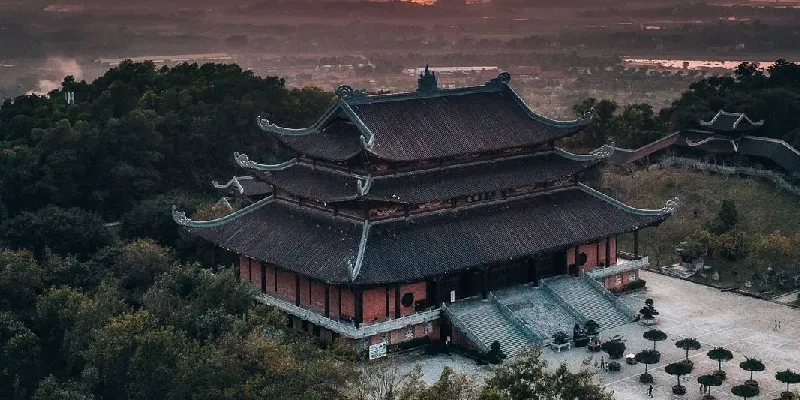
Stepping into Bai Dinh Pagoda, you will be mesmerized by the majestic mountain scenery, grand architecture, and sacred ambiance. The pagoda is divided into two main areas: the ancient Bai Dinh Pagoda, built in 1136, and the newer section constructed in 2003, which features signature Vietnamese Buddhist architectural styles.
Bai Dinh holds numerous Vietnam and Asia records, including the largest gilded bronze Buddha statue, the longest Arhat corridor, the tallest and heaviest Buddha statue, and the biggest bronze bell. The best time to visit Bai Dinh Pagoda is from January to March of the lunar calendar, allowing visitors to combine spring festivals, temple rituals, and local festivals.
2. Dong Pagoda, Yen Tu
Dong Pagoda, part of the Yen Tu Truc Lam Zen Monastery Complex, sits atop the highest peak of Yen Tu Mountain at an elevation of 1,068 meters. Renowned as one of Vietnam’s largest and highest temples, Dong Pagoda is enveloped by clouds and wind, exuding a magical aura.
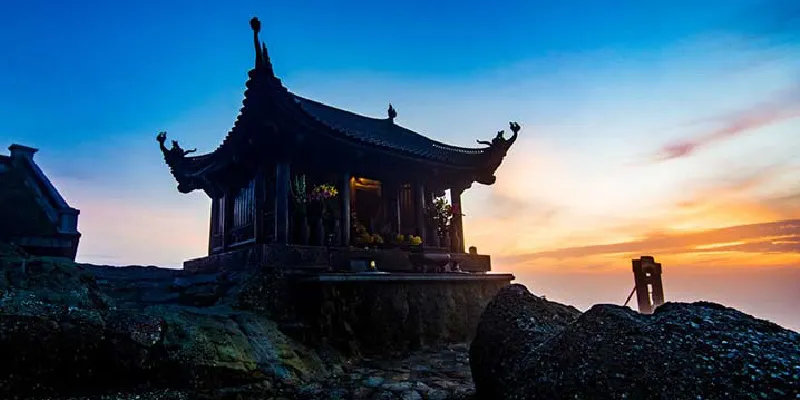
Initially, Yen Tu was a retreat for King Tran Nhan Tong. The original pagoda was built in the 17th century and reconstructed in 2007 on its former site. Legends speak of Dong Pagoda having “cloud bell,” “wind bell,” and “rain bell,” believed to fulfill the prayers of Buddhists. There’s also the “Tien Well,” a never-drying spring at the mountain’s summit.
You can reach Dong Pagoda via cable car to enjoy breathtaking panoramic views, admire ancient forests with trees over 700 years old, and visit other notable sacred sites in the Yen Tu Complex, such as Trinh Pagoda, Giai Oan Pagoda, Truc Lam Yen Tu Monastery, Hue Quang Tower Garden, and Hoa Yen Pagoda.

3. Tam Chuc Pagoda
Located in Ba Sao Commune, Kim Bang District, in the Ha Nam Province, about 70km from Hanoi, Tam Chuc Pagoda is regarded as the largest pagoda in the world, covering over 5,000 hectares within the Tam Chuc Tourism Complex.
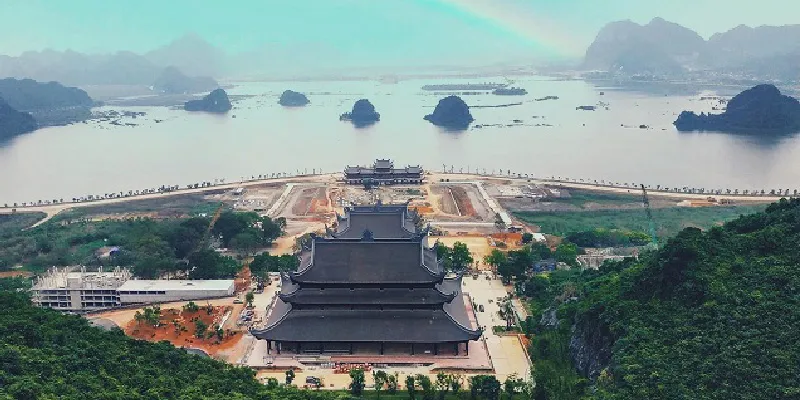
The immense scale and intricate craftsmanship of Tam Chuc Pagoda will leave you in awe. Spend a day exploring the main attractions, such as the Pillar Garden, Phap Chu Hall, Tam The Hall, and Ngoc Pagoda’s Heavenly Altar. Sunset is the best time to visit, as the complex shines radiantly under golden-orange hues.
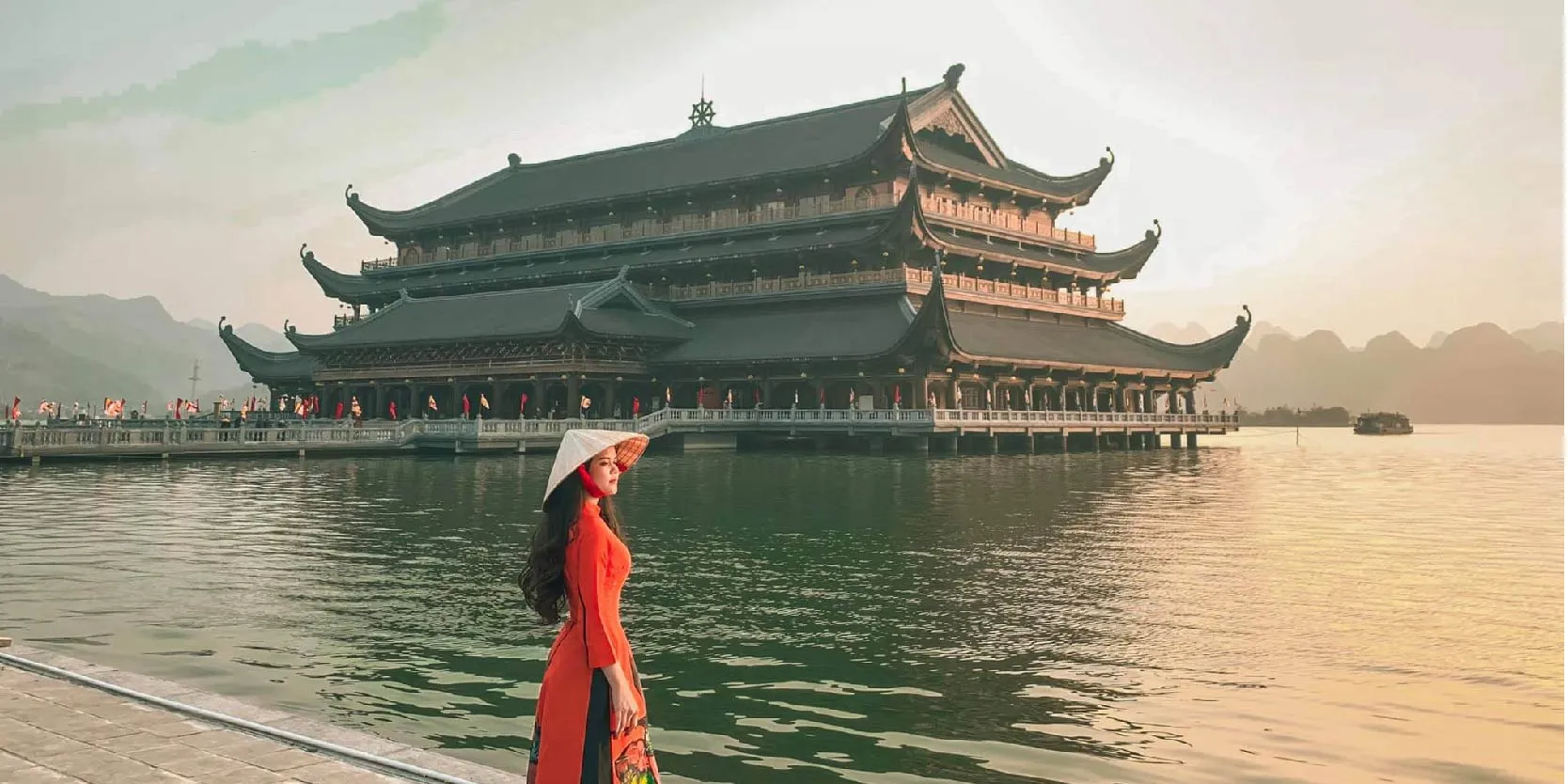
4. Ba Vang Pagoda
While Ha Long Bay symbolizes natural beauty in Quang Ninh, Ba Vang Pagoda is a top spiritual destination. Located on the namesake mountain in Uong Bi City, the pagoda captivates visitors with its stunning landscapes: a river in front, mountains behind, and pine forests flanking each side.

Notable sites within Ba Vang include the Indochina’s largest main hall, spiritual spring, religious gardens, and vibrant water features. The ideal time to visit Ba Vang is on the 8th day of the lunar January (its festival opening) or the 9th day of the 9th lunar month (the Chrysanthemum Festival).
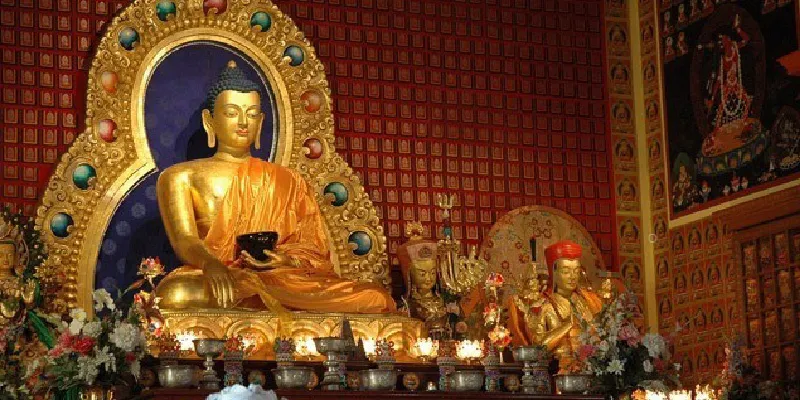
5. One Pillar Pagoda
Known as the most unique architectural masterpiece in Asia, One Pillar Pagoda is a spiritual icon of Hanoi, located behind Ong Ich Khiem Street in Ba Dinh District. The pagoda resembles a lotus rising from a pond, embodying a blend of architectural elegance and intricate stone carvings.
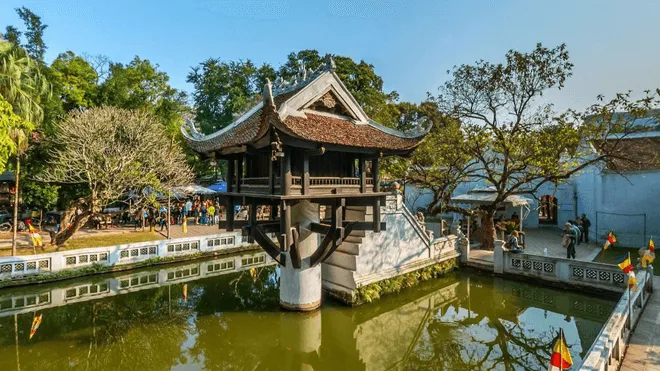
Built during the Ly Dynasty, this historical pagoda has become a famous sacred site over centuries. Open from 7:00 AM to 6:00 PM, it’s especially vibrant on the 1st or 15th day of the lunar month when special Buddhist ceremonies take place.
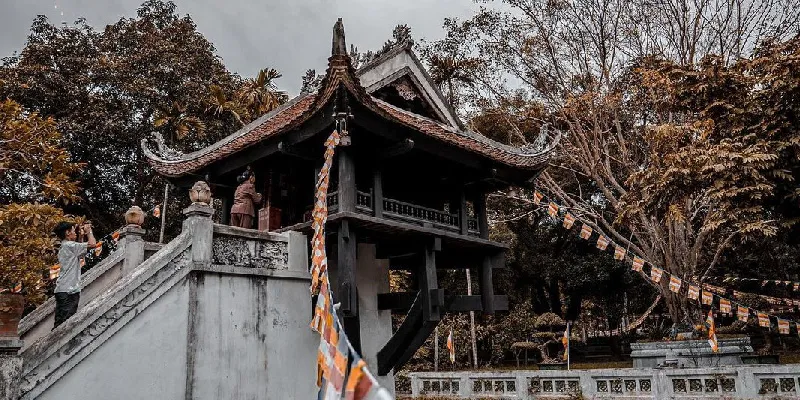
Stunning Temples in Central Vietnam
6. Thien Mu Pagoda
As a spiritual emblem tied to Hue’s imperial heritage, Thien Mu Pagoda is among the must-visit temples in Hue. Also known as Linh Mu Pagoda, it sits on Ha Khe Hill, overlooking the peaceful Perfume River, about 5km from Hue’s center. This temple has inspired countless works of art and literature.
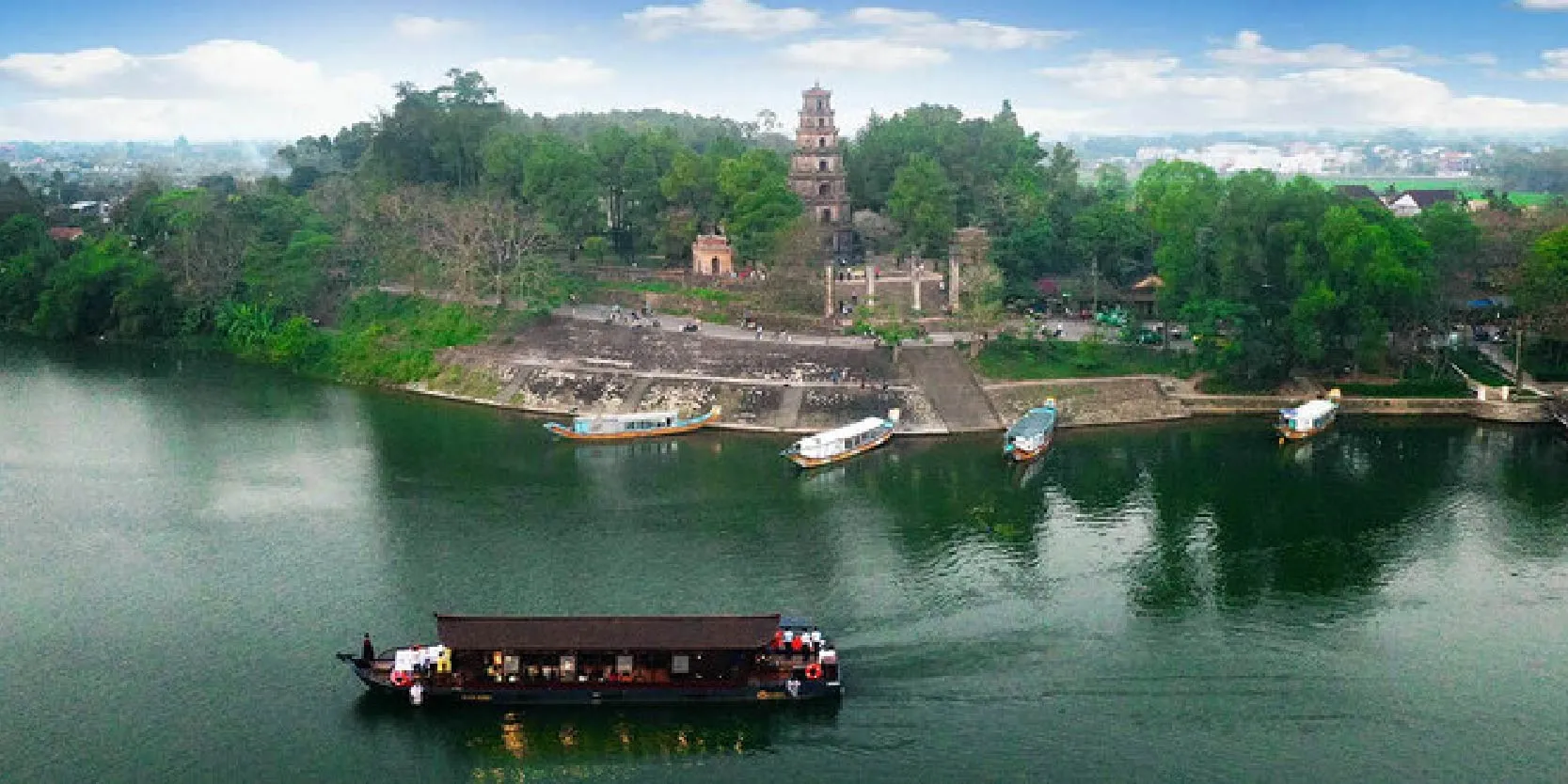
Built in 1601, Thien Mu Pagoda is among Hue’s earliest temples. Over several renovations, it has become renowned for its architectural features, including the Tam Quan Gate, Phuoc Duyen Tower, Dai Hung Hall, and Quan The Am Hall. The best time to visit is before 6:00 PM to watch the sunset along the Perfume River.
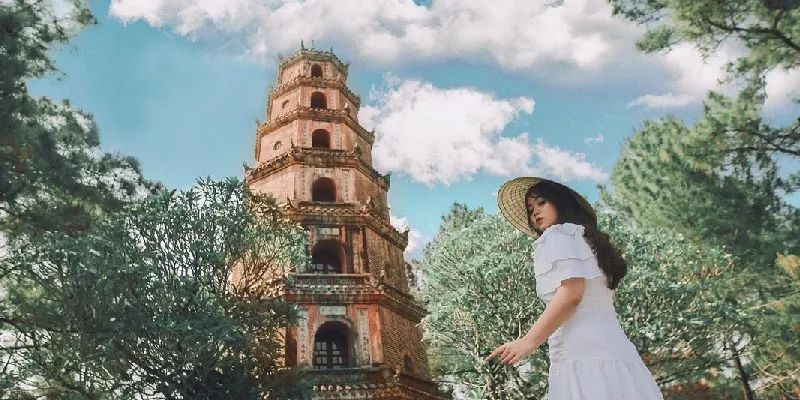
7. Linh Ung Pagoda, Son Tra
Linh Ung Pagoda on Son Tra Peninsula in Da Nang is a must-see temple located on Bai But Beach. Surrounded by mountains with a stunning sea view, this sacred site is both a popular tourist destination and a serene place for prayers.
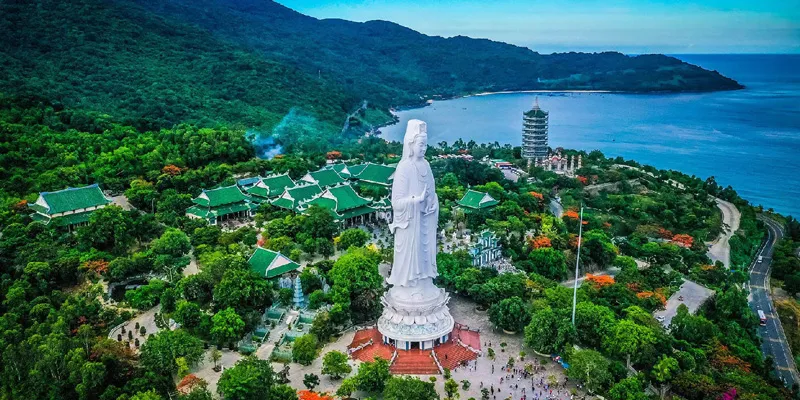
Its centerpiece, the 67-meter tall Bodhisattva Statue (the tallest in Vietnam), stands impressively visible from afar. The temple grounds feature the Arhat statues, Xa Loi Tower, and shady gardens for visitors to explore. Open year-round, Linh Ung Pagoda offers a peaceful retreat away from city life.
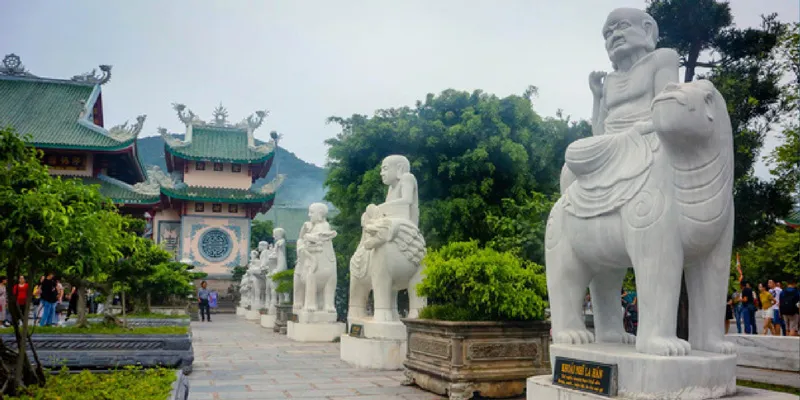
8. Truc Lam Zen Monastery, Da Lat
Situated on Phung Hoang Mountain and surrounded by lush pine forests overlooking the dreamy Tuyen Lam Lake, Truc Lam Zen Monastery in Da Lat is one of Vietnam’s three largest Zen monasteries, following the Truc Lam Yen Tu tradition.
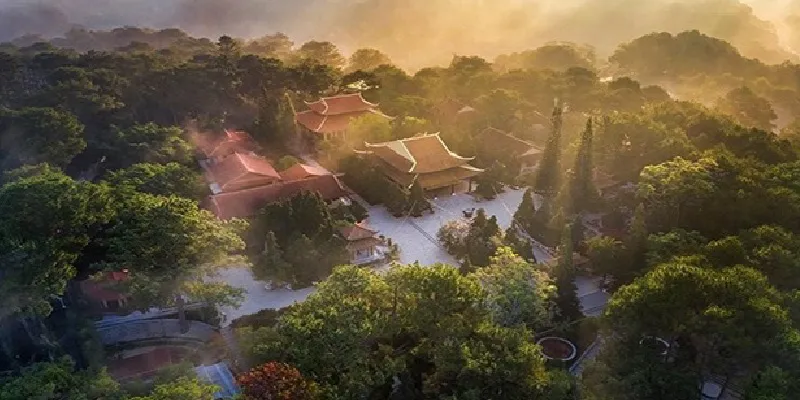
Visitors often feel a sense of calm and tranquility here. Key highlights include the still waters of Tinh Tam Lake, exquisite gardens with rare flowers, and mesmerizing views. You can reach the monastery via cable car from Robin Hill, enjoying panoramic vistas of Da Lat along the way.
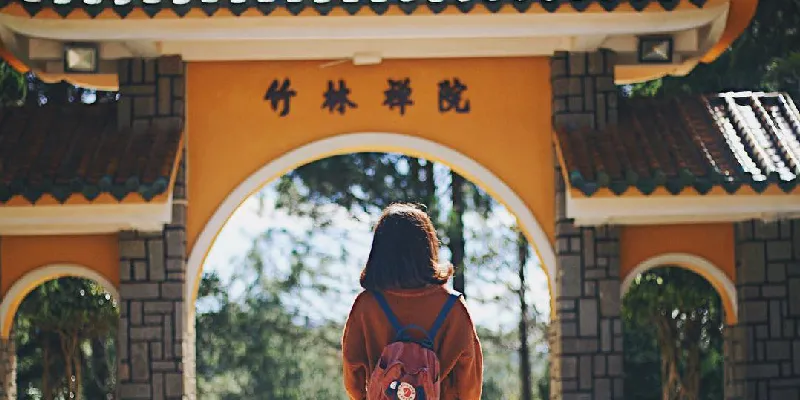
Stunning Temples in Southern Vietnam
9. Buu Long Pagoda
Located approximately 20km from Ho Chi Minh City, Buu Long Pagoda sits atop a western hill of the Dong Nai River, in District 9. Originally constructed in 1942 and renovated in 2007, it is now one of Saigon’s most iconic temples.
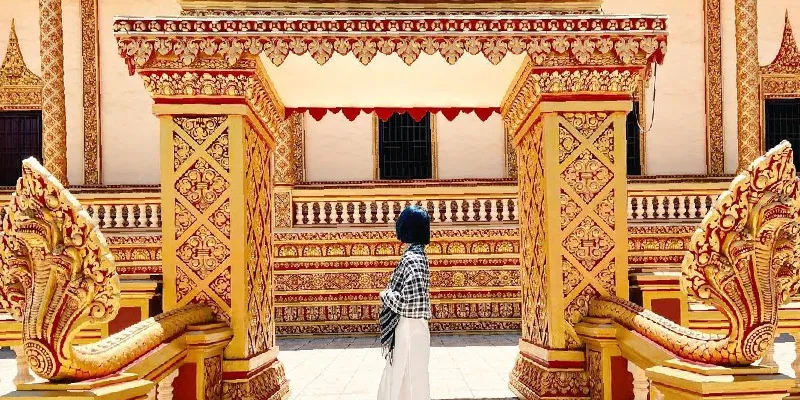
Buu Long Pagoda merges Thai and Indian architectural influences with Nguyen Dynasty designs. Its white-and-gold color scheme gives the temple a regal shine. In 2019, National Geographic named it one of the world’s 10 most beautiful temples.
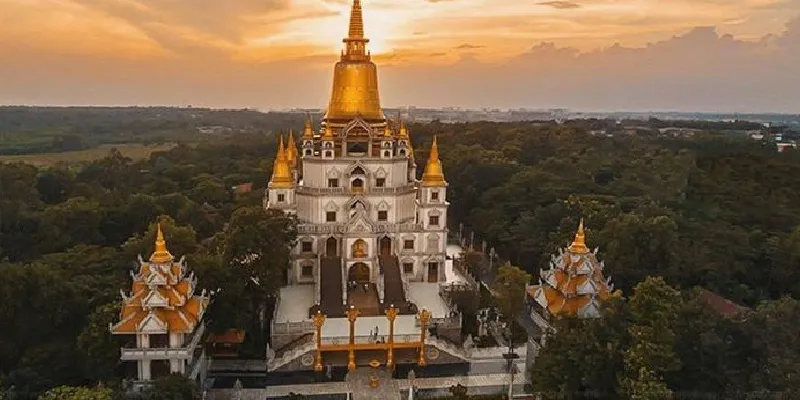
10. Xiem Can Pagoda
Located in Vinh Trach Dong Commune in Bac Lieu Province, Xiem Can Pagoda is one of the most magnificent Khmer temples in the Mekong Delta region. Its grandeur and distinctive architecture attract many visitors.
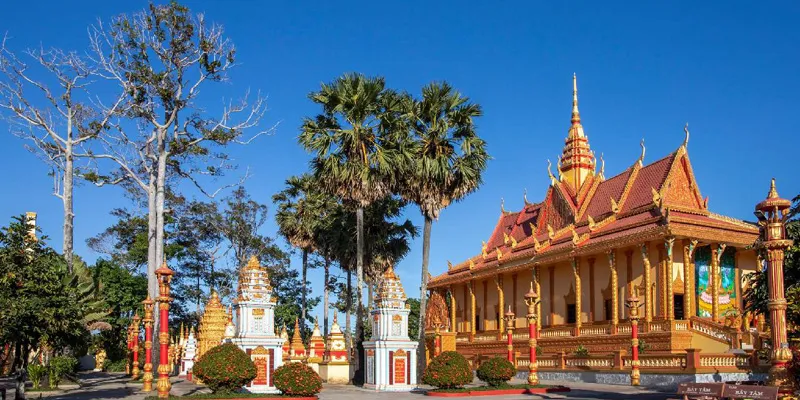
Featuring traditional Angkor-style Theravada Buddhist design, Xiem Can is adorned with intricate carvings, vivid colors, and richly detailed sculptures. You can also immerse yourself in Khmer traditions and customs while visiting this sacred site.

Conclusion
Exploring Vietnam’s ancient temples is not only a journey to admire unique architecture and breathtaking landscapes but also a meaningful voyage into the heart of cultural and historical roots. Each temple tells its tale, imbued with profound spiritual value, contributing to Vietnam’s rich cultural diversity. May this guide inspire your next spiritual travel experience, helping you appreciate the beauty of Vietnam and its people.